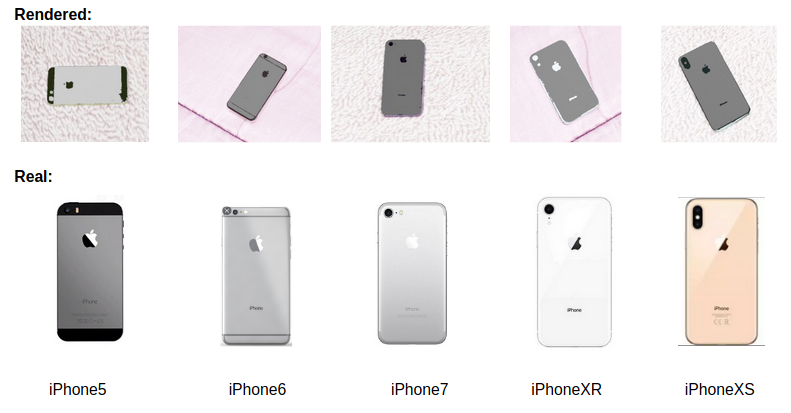
We live in a world where the most sensitive information is stored on our devices. Eventually, like many things, those devices are thrown away. Existing waste management has more than half a century of experience in handling materials the right way, but dealing with electronics items poses a new challenge and if not done properly can be hazardous to the environment. The main idea is to identify parts that can be remarketed or recycled. In this work, we try to develop novel deep learning strategies to identify and sort out the electronic waste for easier recycling. In this work, we introduce RGB-X, a multi-modal approach that learns to recognize key features from external (RGB images) and internal (x-ray images). To create our dataset, we present a novel approach to synthetically generate RGB and x-ray images of our classes using domain randomization. Our model then uses a novel architecture in order to capture finer details for electronic device classification. Once the device gets identified, we are also working on analyzing internal displaced/missing components in the device as it helps in the accurate disassembly of electronics components. To do so, we have developed an integrated pipeline, were given the class of the device, it gets registered and compared to a ground-truth pristine unit using SuperGlue(2D-2D rigid) registration and Demon’s method(non-rigid registration) respectively. Using demon’s algorithm a displacement field of internal components is calculated, which helps in detecting displaced/missing components in the internal structure of the electronic devices. Also as there is no well-defined dataset to test this method, we have also come up with a novel way to create a synthetically-morphed electronics dataset using CAD to CT registration.




